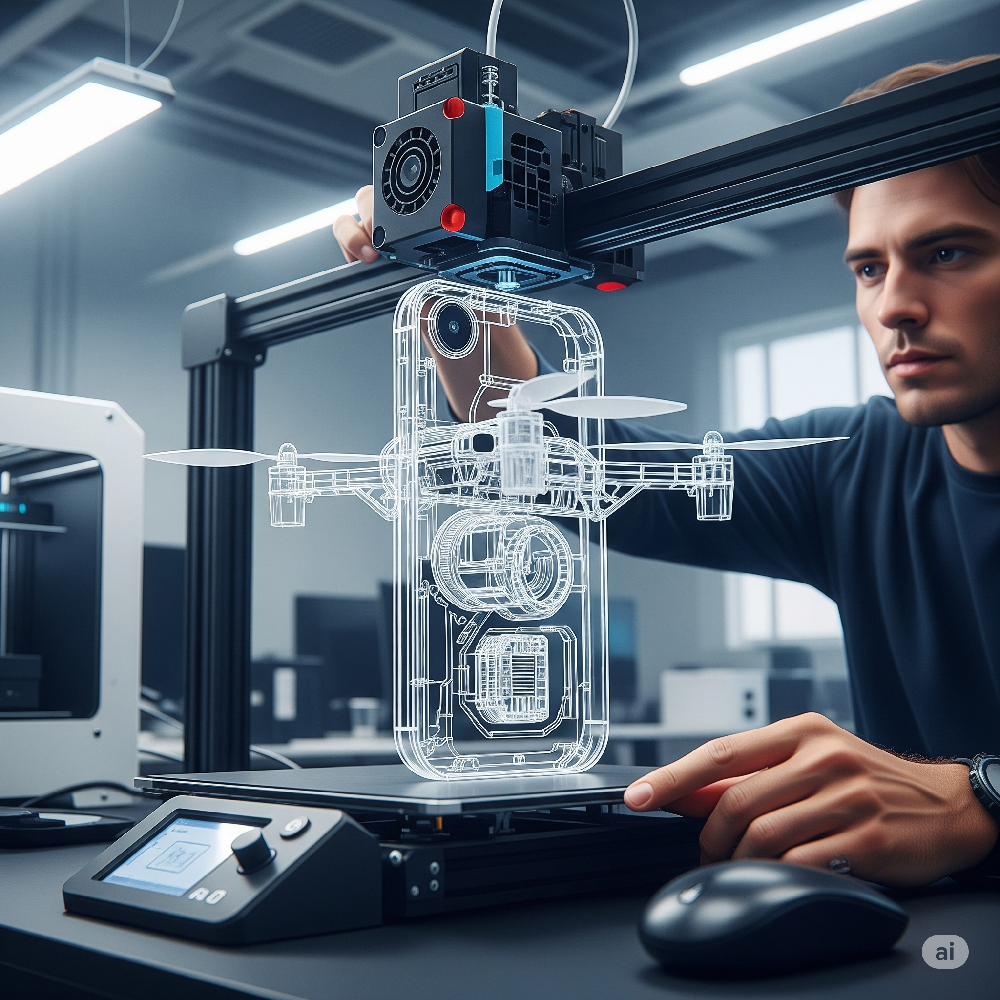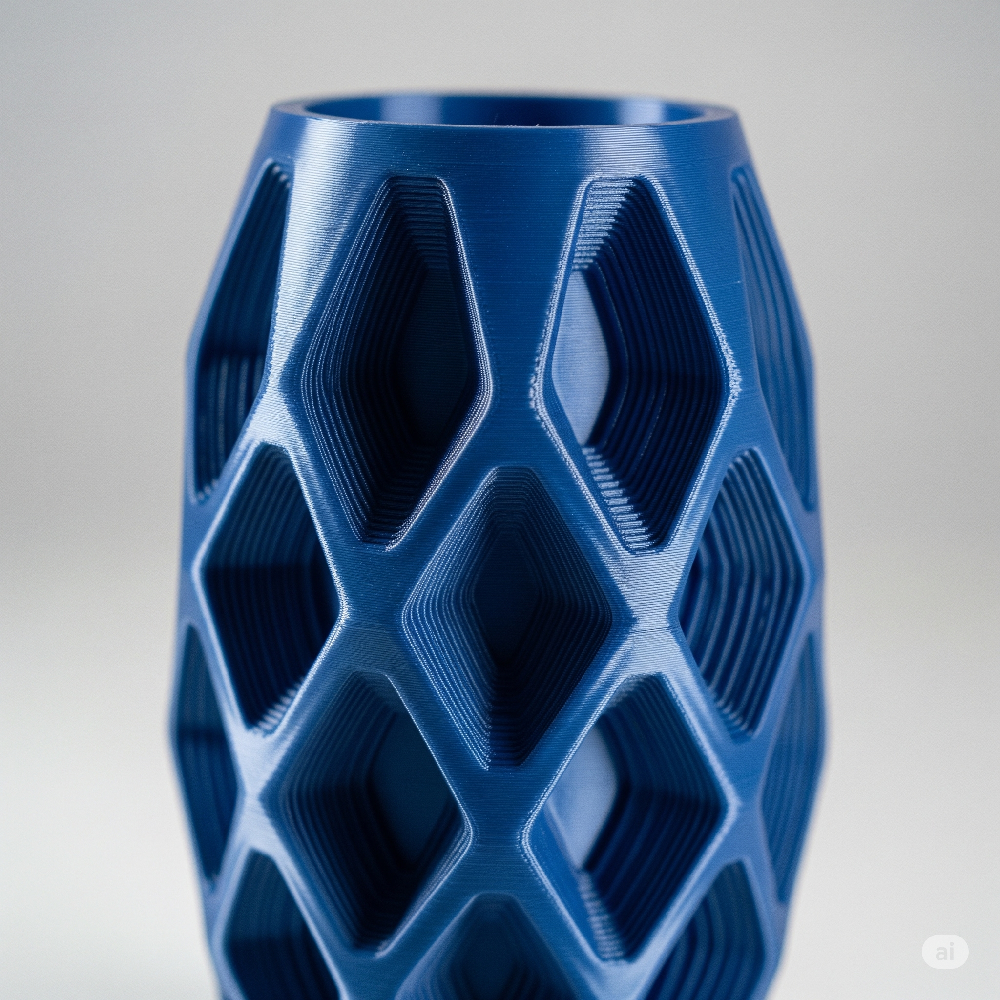Product development
Accelerating Innovation: 3D Printer Filaments in Product Development
In today’s competitive marketplace, speed and flexibility are key to successful product development. 3D printing, powered by a diverse array of 3D printer filaments, is transforming how companies conceptualize, prototype, and refine new products. By integrating additive manufacturing into every stage—from ideation to market launch—teams can reduce costs, tighten feedback loops, and deliver better products faster.

1. 3D Printing’s Role in Modern Product Development
Product development traditionally involves long lead times for tooling and prototyping. Additive manufacturing changes the game:
- Concept Models:Quickly turn rough sketches into physical forms to evaluate shape, scale, and ergonomics.
- Functional Prototypes:Produce working parts—like hinges, enclosures, or mechanical linkages—to test fit, form, and function under real-world conditions.
- Iterative Design:Make rapid adjustments in CAD, reprint overnight, and gather user feedback in days rather than weeks.
- Market Testing: Small batches of production-like parts can be used for user trials, trade shows, and early adopter feedback before committing to large-scale tooling.
By leveraging 3D printer filaments, product teams can iterate through multiple design cycles with minimal delay and cost.
2. Selecting the Right Filament for Your Prototype
Choosing the proper 3D filament is crucial to simulate end-use performance:
- PLA (Polylactic Acid)
- Use: Affordable, high-detail prototypes for visual and ergonomic evaluation.
- Pros: Low warp, easy printing, wide color selection.
- ABS (Acrylonitrile Butadiene Styrene)
- Use: Functional prototypes requiring toughness and post-processing (sanding, acetone smoothing).
- Pros: Heat resistance, impact strength.
- PETG (Polyethylene Terephthalate Glycol-modified)
- Use: Durable prototypes needing chemical resistance or slight flexibility.
- Pros: Low odor, good layer adhesion.
- Nylon (Polyamide)
- Use: High-wear prototypes like gears, bushings, and snap-fits.
- Pros: Excellent toughness, abrasion resistance.
- Carbon Fiber–Reinforced Filaments
- Use: Lightweight, stiff prototypes for structural or load-bearing parts.
- Pros: High stiffness-to-weight ratio, minimal warping.
- TPU (Thermoplastic Polyurethane)
- Use: Flexible prototypes for seals, grips, and overmolded parts.
- Pros: Durability, elasticity.
Matching filament properties to your prototype’s functional requirements ensures that test parts reliably predict final product performance.
3. Key Benefits in Product Development
- Faster Time-to-Market:
- Eliminate long tooling queues—print prototypes on demand, shortening development cycles by up to 70%.
- Cost Efficiency:
- Avoid expensive injection molds or CNC fixtures for early iterations; low-cost filaments keep per-part expenses minimal.
- Enhanced Collaboration:
- Physical models improve communication among designers, engineers, and stakeholders, reducing misinterpretation and rework.
- Risk Mitigation:
- Identify design flaws early by testing real-world prototypes, preventing costly late-stage changes.
- Customization & Personalization:
- Easily produce variants—different sizes, colors, or features—to test multiple market segments simultaneously.
4. Real-World Success Stories
- Consumer Electronics: Rapidly print dozens of enclosures in different form factors to evaluate thermal performance and user comfort.
- Medical Devices: Iterate on ergonomic handheld tools and housing designs using biocompatible filaments before clinical trials.
- Sporting Goods: Prototype helmet shells and ski boot components in carbon fiber–reinforced filaments to validate strength-to-weight ratios.
- Industrial Equipment: Test custom sensor mounts and control knobs in nylon and PETG to ensure long-term durability on the factory floor.
These examples demonstrate how 3D printer filaments enable faster, smarter product decisions across industries.


5. Future Trends in Additive Product Development
As filament technology advances, expect even greater possibilities:
- Multi-Material Printing: Combine rigid and flexible materials in a single build—for example, a hard plastic frame with overmolded soft-touch grips.
- Advanced Engineering Polymers:Wider availability of ULTEM®, PEI, and PEEK filaments for high-temperature and harsh-environment prototypes.
- Conductive & Functional Filaments:Embedded sensors and circuitry printed directly into prototypes for smarter, connected products.
- Sustainable Filaments:Recycled and bio-based materials helping teams meet ESG goals without sacrificing performance.
These innovations will push additive manufacturing deeper into production environments, blurring the line between prototyping and low-volume manufacturing.
Conclusion: Propel Your Product Development with 3D Printer Filaments
Integrating 3D printing and the right 3D printer filament into your development workflow isn’t just a convenience—it’s a strategic advantage. From conceptual mockups to functional prototypes and market-testing samples, additive manufacturing accelerates innovation, reduces risk, and slashes costs. Ready to optimize your product development process? [Discover our premium range of 3D printer filaments] for every prototype need—from visual models to rugged, functional parts.


